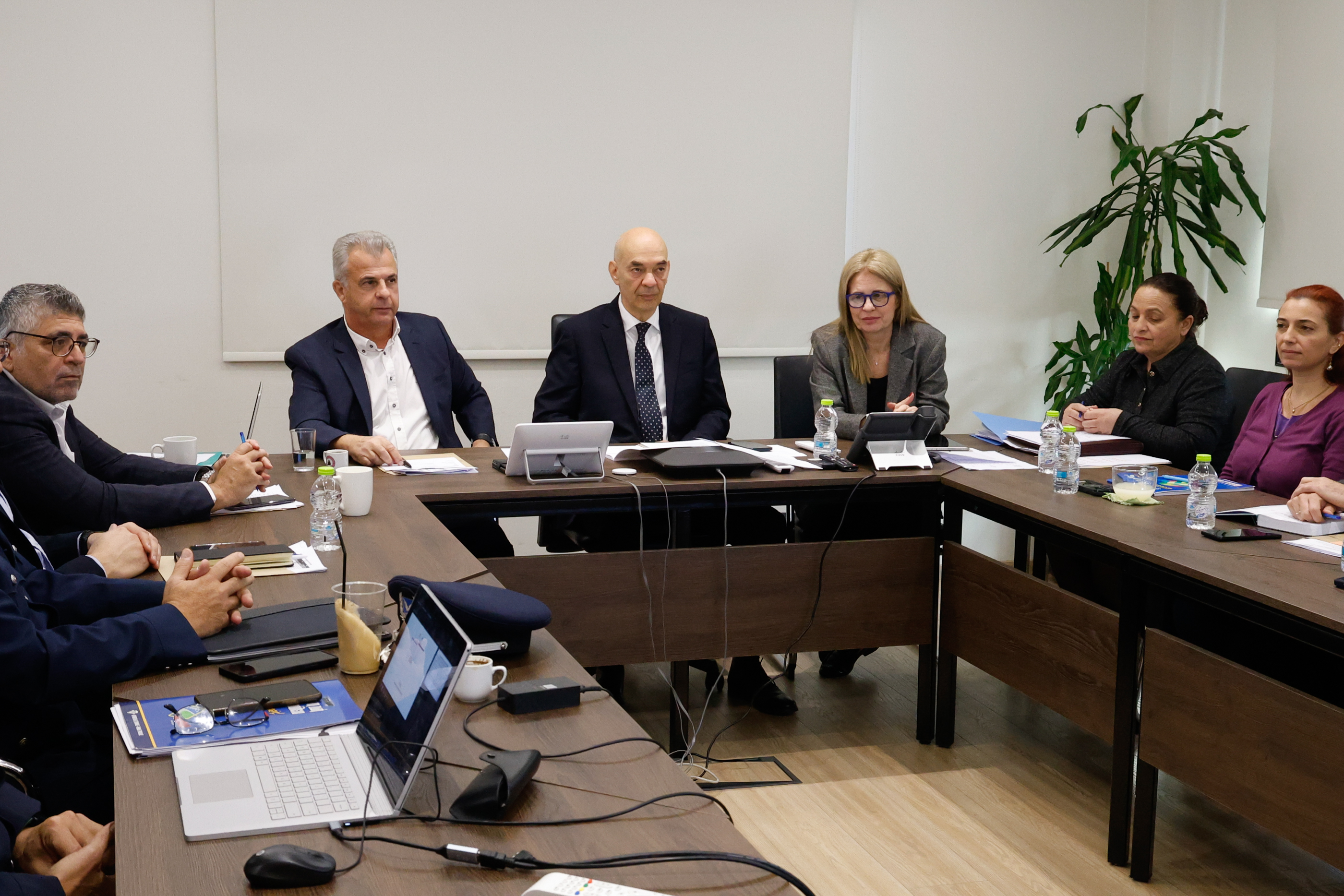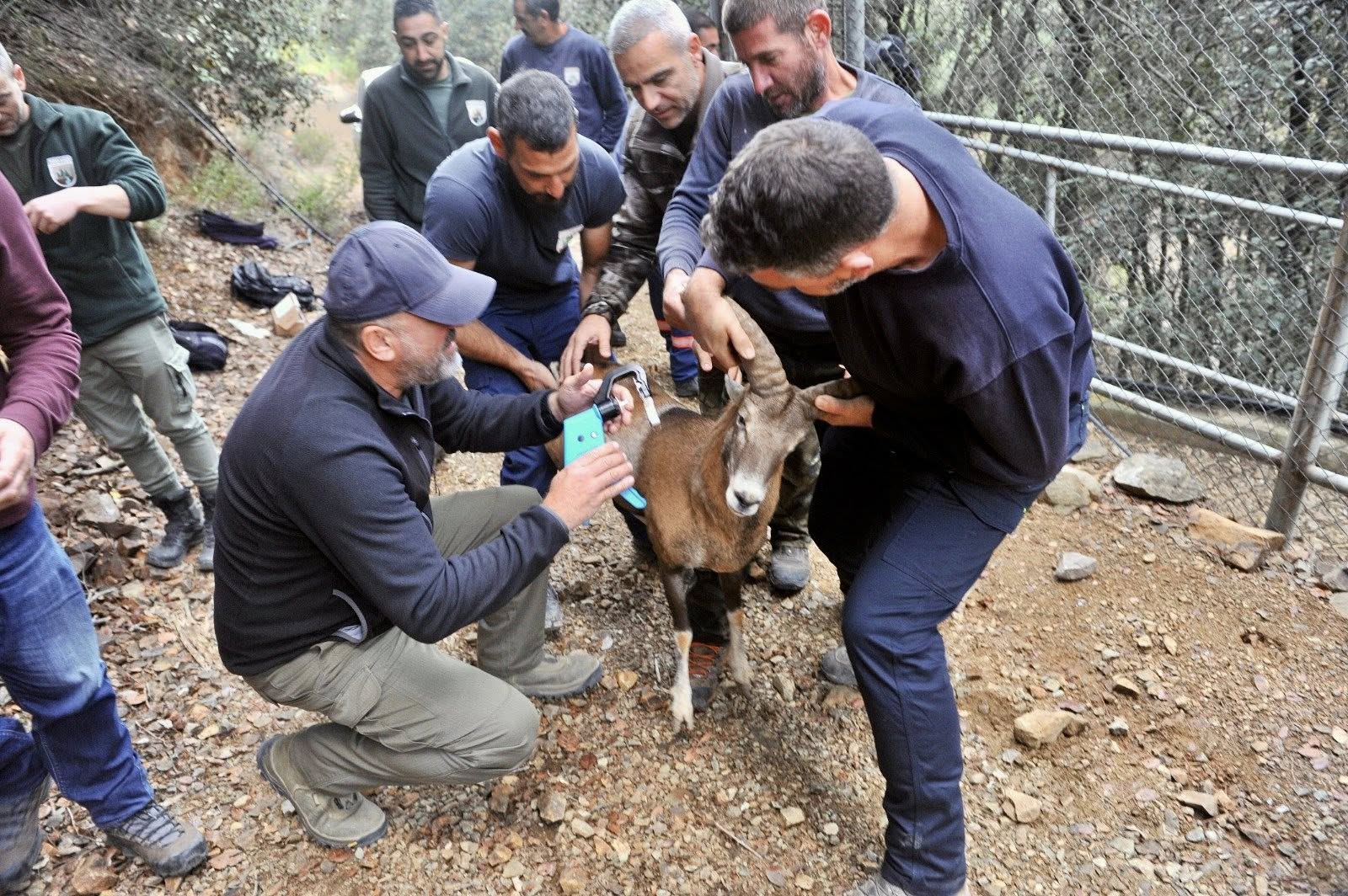The global market for Bag On Valve (B.O.V.) products reached USD 9.15 billion in 2022 and is projected to grow to approximately USD 17.86 billion by 2032. This impressive growth, at a compound annual growth rate (CAGR) of 6.92% from 2023 to 2032, highlights the increasing adoption of B.O.V. systems across various industries. The data underscores the expanding demand for efficient and sustainable packaging solutions. 【source】
As the B.O.V. market continues to expand, understanding the Bag On Valve aerosol filling method becomes crucial. This article provides an in-depth look at the B.O.V. filling process, outlining the steps involved from the insertion of the valve to the final sealing and testing. By examining these steps, we will explore how the B.O.V. method offers both efficiency and sustainability in packaging, meeting the evolving needs of the industry.
Insert the Bag On Valve into the Container
The initial step involves carefully placing the Bag On Valve (B.O.V.) assembly inside the aerosol container. The B.O.V. consists of a flexible bag that is attached to a valve mechanism, designed to separate the product from the propellant. This separation is critical for maintaining product integrity and ensuring that the propellant does not come into direct contact with the product. Proper insertion of the B.O.V. ensures that it is positioned correctly within the container, laying the groundwork for the subsequent steps.
Apply Pressure to the Container
Once the B.O.V. is securely positioned inside the container, the next step is to introduce pressure. This is achieved by filling the space between the bag and the container walls with a propellant gas, such as nitrogen or compressed air. The application of pressure is essential for the B.O.V. system to function correctly. It creates the necessary force to expel the product from the bag when the actuator is used. Controlled pressure levels are crucial to ensure that the system operates efficiently and consistently, delivering the product as intended.
Crimp and Seal the Bag On Valve Securely to the Container
After pressurizing the container, the Bag On Valve must be securely crimped and sealed to the container’s opening. This step is performed using specialized crimping equipment that compresses the valve assembly onto the container, creating an airtight seal. The crimping process is vital for maintaining the internal pressure and preventing leaks of the propellant or the product. A robust seal ensures that the container remains intact during handling and storage, thereby preserving the quality and effectiveness of the aerosol product.
Fill the Bag On Valve with the Product Through the Valve
With the B.O.V. sealed, the next stage is to fill the bag with the product through the valve. This process involves carefully introducing the product into the flexible bag without allowing it to mix with the propellant. The B.O.V. system’s design facilitates precise filling, accommodating various product types, from liquids to creams. The ability to keep the product separate from the propellant is a significant advantage, especially for sensitive formulations that require protection from contamination or degradation.
Perform a Water Bath Test to Check for Any Leaks
To ensure the integrity of the filled and sealed containers, a water bath test is conducted. This quality control step involves submerging the containers in a water bath and inspecting for any signs of leakage, such as bubbles. The water bath test is a reliable method for detecting leaks that could compromise the product’s safety and effectiveness. By identifying and addressing any issues at this stage, manufacturers can ensure that only high-quality, leak-proof products reach the market.
Attach the Actuator and Secure the Cap onto the Container
The final step in the B.O.V. filling process involves attaching the actuator and placing the cap on the container. The actuator, or spray nozzle, is fitted onto the valve to control the product’s release and spray pattern. Proper attachment of the actuator ensures that the product is dispensed accurately and consistently. Once the actuator is in place, the cap is securely added to protect the nozzle and prevent accidental discharge. This final assembly step completes the packaging process, preparing the product for distribution and use.
The Bag On Valve aerosol filling method exemplifies a modern approach to packaging that combines efficiency with environmental responsibility. Each step in the process is designed to optimize product delivery while minimizing waste and ensuring quality. By separating the product from the propellant and employing rigorous testing procedures, the B.O.V. system meets the demands of today’s market for high-performance and sustainable packaging solutions.
Conclusion
This article delves into Bag on Valve (BOV) systems, highlighting our role as a leading manufacturer in this sector. We provide a diverse range of empty BOV containers in sizes from 30ml to 500ml, along with complete aluminum can and actuator sets. For clients requiring filling services, we offer OEM solutions and can use our established formulas or develop customized ones based on your needs.
Our state-of-the-art Automatic Production Line ensures manufacturing efficiency and consistency. We conduct rigorous 24-hour leak tests on all BOVs to uphold the highest quality standards, adhering to FDA and LFGB regulations. Our products are crafted in a GMP-certified facility, guaranteeing a clean and safe production environment. With two decades of expertise in BOV production and a 30-day delivery promise, we invite you to reach out for more details on our comprehensive Bag on Valve packaging solutions.







Click here to change your cookie preferences